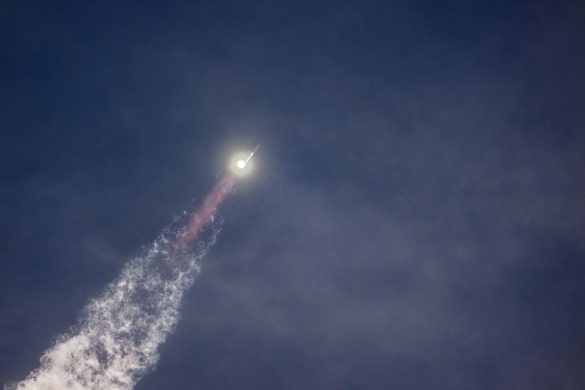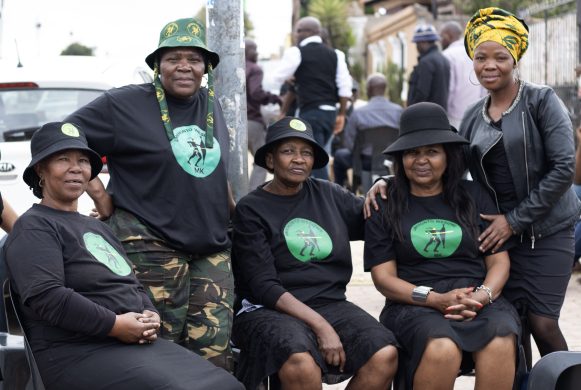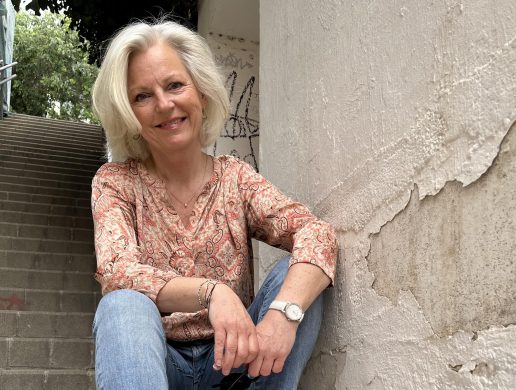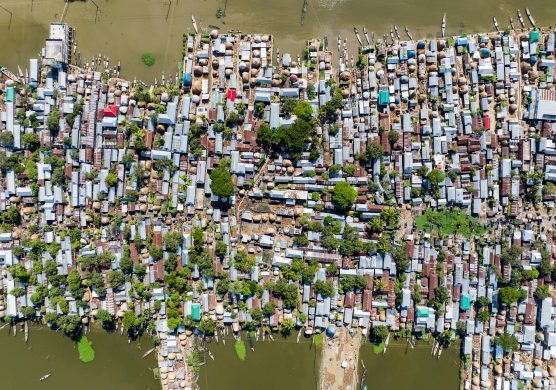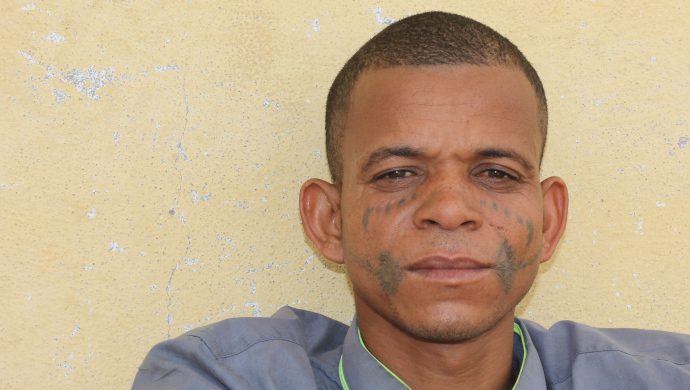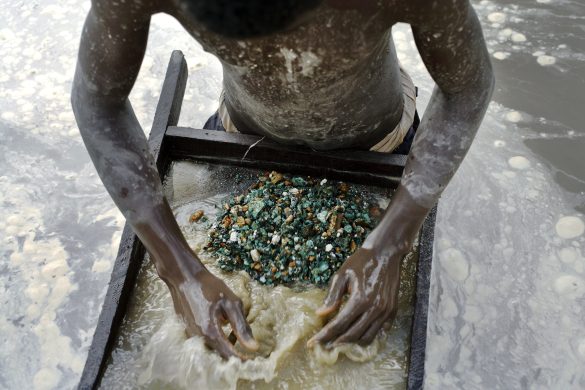Af Jessica MacLean, EISF
Sociale medier spiller er stigende rolle i hjælpeindsaten efter naturkatastrofer. Den filippinske regering var den første til at indføre standarder for såkaldte hashtags efter en tropisk storm i 2012.
After the 2011 Japanese earthquake and tsunami, a study found that social media platforms, especially Twitter, were extremely beneficial during the disaster to citizens and widely used by most directly affected individuals.
While the Japanese Government was not as active on Twitter during the 2011 disaster, relief and volunteer organisations were and found social media to the most reliable source of information during the disaster.
The Government of the Philippines was one of the first governments to standardise and use hashtags on Twitter to disseminate information and respond to urgent needs during Typhoon Bopha in 2012.
Standardised hashtags can be used by governments and aid organisations to distribute information to the public, and respond to urgent needs and requests.
The hashtags should be used interactively, coordinated and collaborated with between the sectors.
Twitter users then tweet with the respective hashtags to notify governments and aid agencies about needs of affected communities and urgent requests.
Why Twitter?
Twitter has 288 million monthly active users and the website supports 33 different languages.
The social media website allows registered users to tweet 140 characters to a real-time public news feed. Hashtags, thematic word categorisers, allow users to identify topics they have an interest in.
For example the Philippines have used #YolandaPH for the 2013 Typhoon.
A set of standardised hashtags can help mitigate the big data challenge of an overflow of information during a disaster.
International recognition
Recognising its potential, the United Nations Office for the Coordination of Humanitarian Affair (UN OCHA) produced a report entitled, Hashtag Standards for Emergencies.
This report suggests three hashtags, which should be standardised and used during an emergency.
A specific hashtag for the name of the disaster, one for public reporting and another one for emergency response needs.
In order for emergency responders to provide effective and location accurate responses, global positioning systems (GPS) must be turned on.
The American Red Cross reported that Internet users are increasingly relying on social media to seek help in a disaster.
69% of responders to that survey felt that emergency responders should be monitoring social media platforms and responding to urgent requests.
After the earthquake in Haiti in 2010, a group of digital humanitarians mapped tweets following the disaster on the Ushahidi open-source mapping platform.
This innovation developed from crisis tweets was then used operationally by the US Marine Corps to find trapped individuals and to work jointly with aid organisations.
Delivered successfully, a Government in conjunction with aid organisations, promotes the use of unified hashtags and GPS enabling, it then coordinates information distribution, monitors and tracks the flow of tweets for relief and rescue efforts. In these few cases, the use of standardised hashtags has been successful, however the strategy has not been widely used. Where do aid agencies come in?
Challenges
Læs hele artiklen på EISF’s netsted.
EISF, European Interagency Security Forum, er er paraplyorganisation for en lang række internationale NGO’er og NGO-sammenslutninger.
Læs mere om EISF: https://www.eisf.eu/



